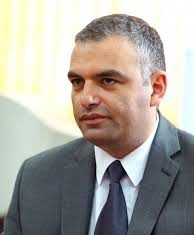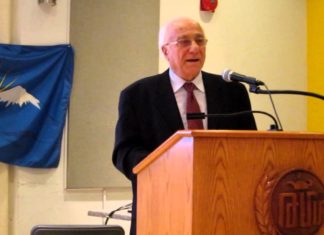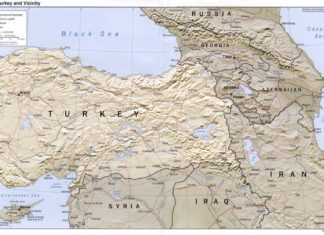By Edmond Y. Azadian
Multiculturalism seems to be the fad of modern times. For centuries, dominant nations would impose their own will and culture on subject nations, even if that meant eventual assimilation of weaker nations. But as the world became a global village, mass migration became the trend of the times and different people — even through osmosis — came to learn more of other cultures, began to tolerate them and even appreciate them.
The United States, which at one time was considered a melting pot, became a trendsetter in multiculturalism, especially in the aftermath of the Civil Rights movement.
Many nations in Europe and the Americas have even established ministries of multiculturalism as they began facing the need of absorbing masses of immigrants.
When we think of multiculturalism in the Armenian world, one name stands out — that of the Armenian troubadour Sayat Nova, who lived his prolific life in the 18th-century Caucasus.
In 2012, Armenia celebrates the 300th anniversary of the birth of the legendary minstrel in cooperation with United Nations Educational, Scientific and Cultural Organization (UNESCO). The bard is believed to have been born in the year 1712, however that date is hotly debated. In a recent interview, the former director of the Charentz Museum, Dr. Henrik Bakhchinyan, stated that Armenia has jumped the gun on the celebration by almost a decade. During the current year, Armenians also celebrate the 500th anniversary of printing; this time, because documents are extent and there are books imprinted with the date of 1512, we know we have the right year.







